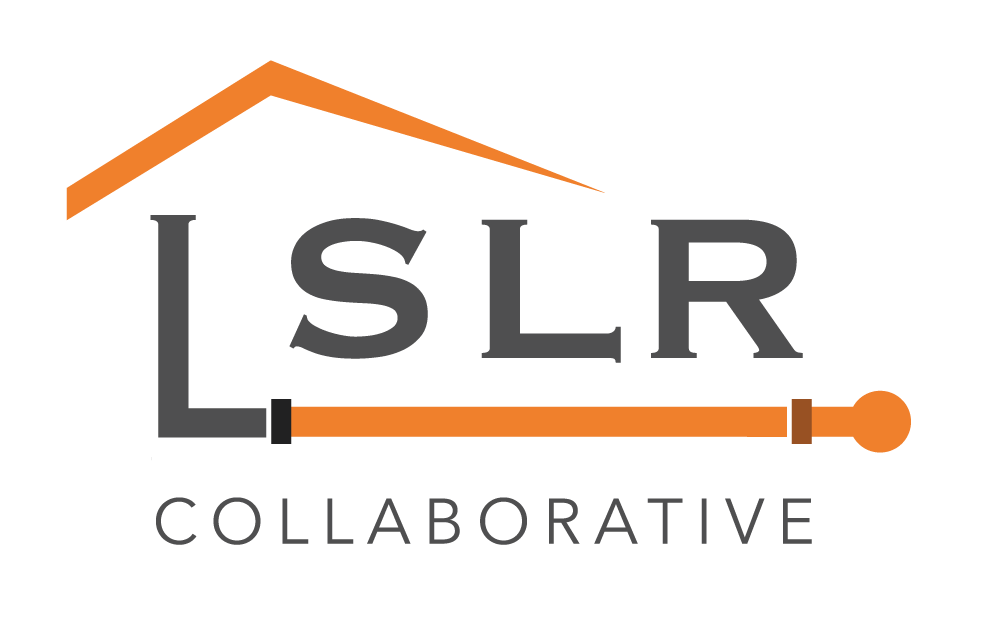|
OSWEGO - The city of Oswego is receiving $534,907 in state money to replace residential drinking water lead service lines. Oswego is one of 18 municipalities statewide to share in $10 million as part of the state Health Department’s Lead Service Line Replacement Program. This program has already awarded $20 million to communities to help offset replacement costs and is a key component of New York’s $2.5 billion Clean Water Infrastructure Act of 2017. “We’ve invested millions of dollars in our infrastructure in the last three years,” said Mayor William Barlow Jr. on Facebook. “Now, we have funding to address lead in our water lines, continue to upgrade our infrastructure and improve the health of our community.” “New York has invested unprecedented funding to protect drinking water quality including critical infrastructure projects that are underway across the state,” said Gov. Andrew Cuomo. “This next round of funding advances our commitment to helping municipalities upgrade outdated systems, helping improve health and keep our communities thriving.”
Drinking water can be a source of lead exposure when service pipes that contain lead corrode, especially when the water has high acidity or low mineral content. The use of lead in residential water service lines began decreasing in the 1930s because of the evolution of regulations and construction practices; however, lead can leach into water when lead service lines, brass or chrome-plated brass faucets and fixtures with lead solder corrode. The U.S. Environmental Protection Agency estimates drinking water contaminated with lead can contribute up to 20 percent or more of a person’s total lead exposure. Infants who consume mostly mixed formula can receive 40 to 60 percent of their exposure to lead from drinking water. Comments are closed.
|
Have a suggestion for an article or blog to add?
Let us know! Type
All
Date
April 2023
|


 RSS Feed
RSS Feed